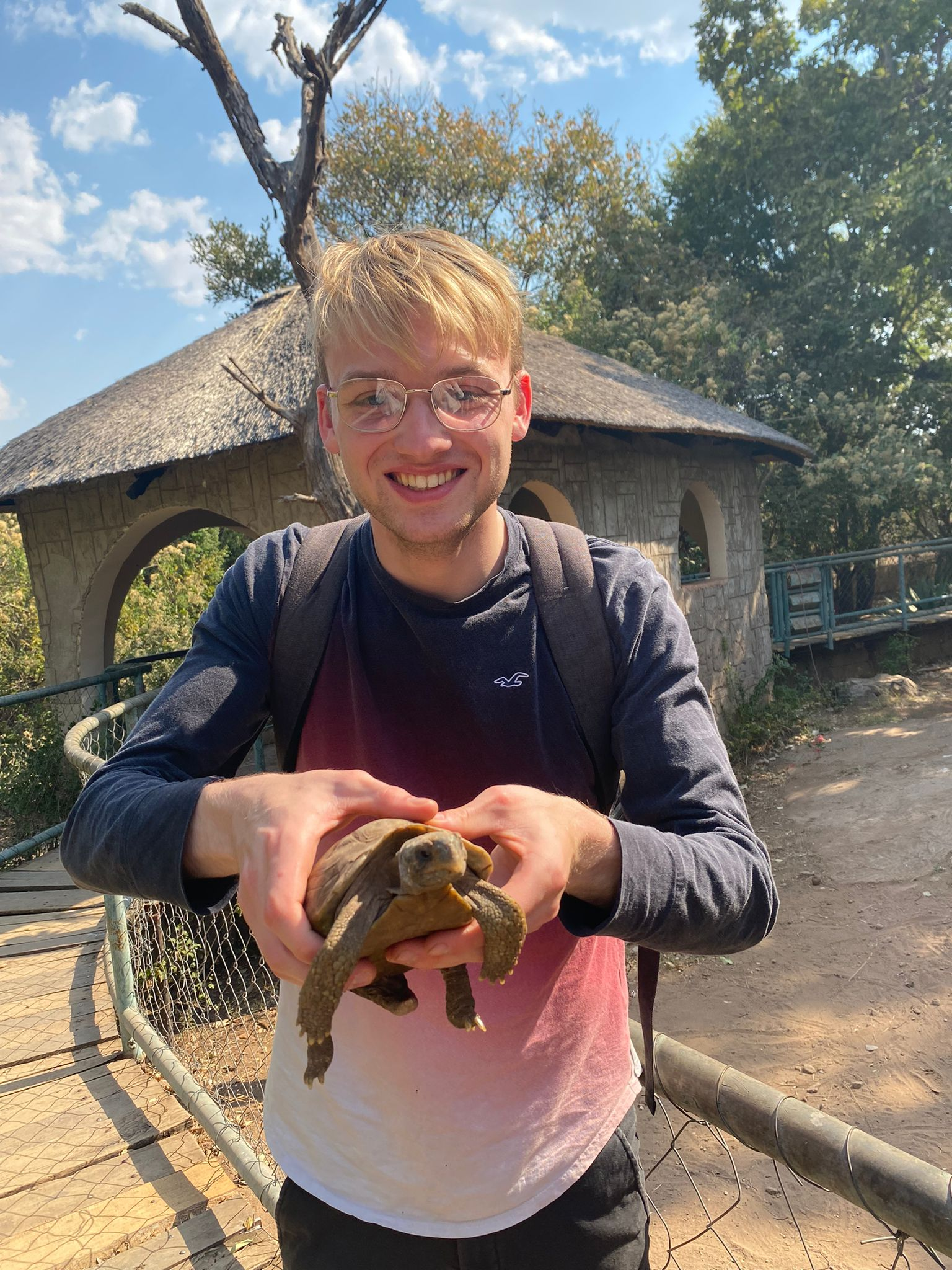Although the animal brain is perhaps the most obvious example of a natural computational system, it would be unwise to assume that plants are void of computational processes simply because they don't move on our timescale. Whilst animals use locomotion to acquire food, hence the need for a brain, plants use a significantly more plastic and indeterminate developmental programme to this end. Therefore, only somewhat jokingly, I suggest that if we are to look for plant intelligence we will find a fair amount of it in the processes of morphogenesis which are most crucial for their metabolic wellbeing. The internal structure of the leaf determines photosynthetic performance through the balance of light capture, gas exchange, and transpiration. As such, leaf morphogenesis is a good place to look for plant computation. If I manage to show formal evidence of such things, I will be rather chuffed.
Current Project
Starting from a tightly packed tissue of cuboidal cells, each leaf develops a network of internal air spaces that connects to stomata in the epidermis and can form up to 70% of the leaf volume. At present it is not clear how environmental and physiological information is integrated to create leaves with ideal air space properties, or even what the necessary and sufficient mechanisms are for the initiation and maturation of air spaces in different types of mesophyll (i.e. spongy, palisade, and monocot). My project aims to disentangle these matters, establish the relative contributions of morphogenetic mechanisms, and investigate the roles of signalling, relevant genes and mechanics through the use of computational modelling, simulation, imaging, and biomechanical experiments in Arabidopsis thaliana. In particular, I wish to:
- Understand how the control of cell adhesion, cell division, cell expansion, mechanical stresses, and cytoskeletal dynamics (e.g. the orientation of microtubule arrays), can result in air space formation and emergent properties, physiological and otherwise, at the tissue scale.
- Understand how stomatal, plastid, and vascular signalling are integrated to influence air space patterning, along with the general nature of molecular signalling in porous tissues.
- Shed light on the mechanistic function of a variety of genes with mutations that are known to affect air space development.
Along the way, I will be adding a range of new features to the Tissue simulation software in order to facilitate the mechanistic modelling of porous tissues which violate typical assumptions relating to cell adhesion and confluence.
Biography
I spent my undergraduate days at Durham University where I studied Computer Science and Philosophy, specialising in artificial intelligence, contemporary analytic philosophy, and philosophical logic. For my bachelor's thesis, supervised by Dr. Sara Uckelman, I created a deontic modal logic with a formal semantics inspired by neo-Aristotelian virtue ethics; I argued that by forging a connection between virtues and the concepts of obligation and permissibility, virtue ethics can be shown to be better equipped to give moral advice than some critics claim. During that time, I also began developing interests in consciousness, neuroscience, medicine, and more generally the relationship between life forms and the principles of computation. But I had been living in a world made just out of concepts, and few facts. In order to approach these issues appropriately, I felt a need to become properly acquainted with the natural sciences. As such, I came straight to Cambridge to study for an MPhil in Biotechnology, which involved all sorts of topics from computational neuroscience to drug discovery and nanotechnology. For my master's thesis, I joined the lab of Dr. Graham Christie where I used a combination of structural bioinformatics (e.g. AlphaFold, Evolutionary Covariation Analysis) and experimental techniques (spore germination assays of flotillin mutants) to investigate the structure and construction of the spore germinosome in Bacillus subtilis (a cluster of co-localised receptors in the spore inner membrane that is crucial for triggering nutrient-induced germination), most notably the role of the scaffold protein GerD and my hypothesis that the germinosome could be based on a membrane raft. Looking for further opportunities to combine computational and experimental work in exciting ways, I applied for a target studentship on the BBSRC DTP to investigate the formation of air spaces inside leaves under the supervision of Dr. Chris Whitewoods and Prof. Henrik Jönsson at SLCU, which I was then awarded.
Before starting at SLCU in January 2025, I took a rotation project under the supervision of Dr. Sebastian Ahnert, studying the capabilities of protein language models for structural insights on the scale of individual proteins up to networks of protein-protein interactions, using the context of the Bacillus subtilis spore coat. This project also involved a high-throughput AlphaFold protein interaction screen which revealed some potential new targets for experimental validation. I remain very interested in the use of novel AI models in biological research, as well as matters of AI safety. I am committed to the view that in order to unlock the future of plant morphology prediction, we will need an elegant interplay between traditional morphodynamics (i.e. physics and simulation) and AI-based inference steps to capture the complexity of actual life. Outside of my studies, I am a musician. At present, I play trombone in the Cambridge University Jazz Orchestra, the function band Soft Crunchy Landing, and I sing Bass II in the Chapel Choir of Pembroke College.
Conference Talks
An Aretaic Approach to Deontic Logic (Co-Presented with Dr. Sara Uckelman) - Advances in Modal Logic, August 2024, Prague, Czechia
Computational and Combinatorial Adventures within the Spore-Coat and the Germinosome - The 11th European Spores Conference, April 2025, Cambridge, UK
Links
ORCiD: https://orcid.org/0009-0005-1176-9776
LinkedIn: https://www.linkedin.com/in/joshua-yarrow-b7331a168/

